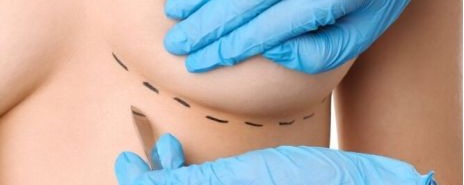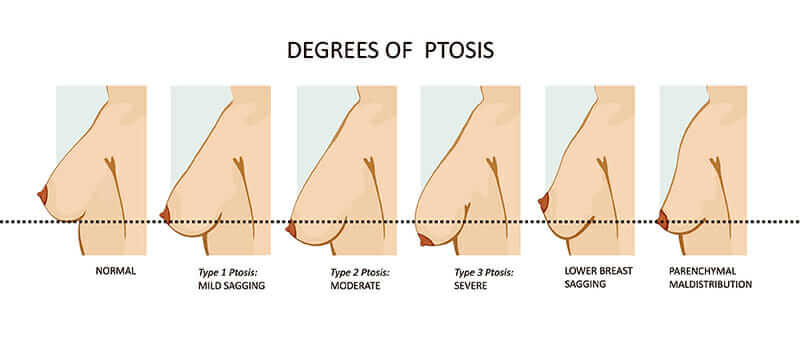Home | Breast Uplift (Mastopexy)
Breast Uplift (Mastopexy)
Breasts can naturally sag over time, but also commonly do so after pregnancy or breast feeding. This can leave women feeling self-conscious over their appearance. The degree of breast sagging (pstosis) can vary from patient to patient, so our consultant specialist will work with you to find the best tailored solution for you.
A breast lift also referred to as a mastopexy is a surgical procedure that changes the size and shape of the chest by removing excess skin and lifting the breasts. If you are concerned about the look of your breasts and you feel they are drooping, breast uplift surgery may be an option for you.
At a glance
Surgery time
2.5 hours
Hospital stay
Overnight
Garment
6 weeks
Time off work
2 weeks
Safe to exercise
6 weeks
Long haul travel
6 weeks
FAQs
At MyBreast our patients go through a number of steps to ensure their suitability and that this procedure is right for them. A number of consultations with both your personal Patient Adviser and your surgeon will ensure your expectations can be met.
All surgical procedures come with risks however our thorough consultation process will ensure you are fully informed and any risks identified. We will only proceed if we feel it is in your best interests and any risks are outweighed by the benefits.
If we do not feel that you are a suitable candidate, we will always be open, honest, and transparent. At MyBreast, we keep your wellbeing and safety at the forefront of what we do.

Get in touch
Look no further for your dream body.
Get in touch today to speak to one of our friendly advisors who will be able to book you in for an initial consultation.
9 Harley St | London | W1G 9QY
